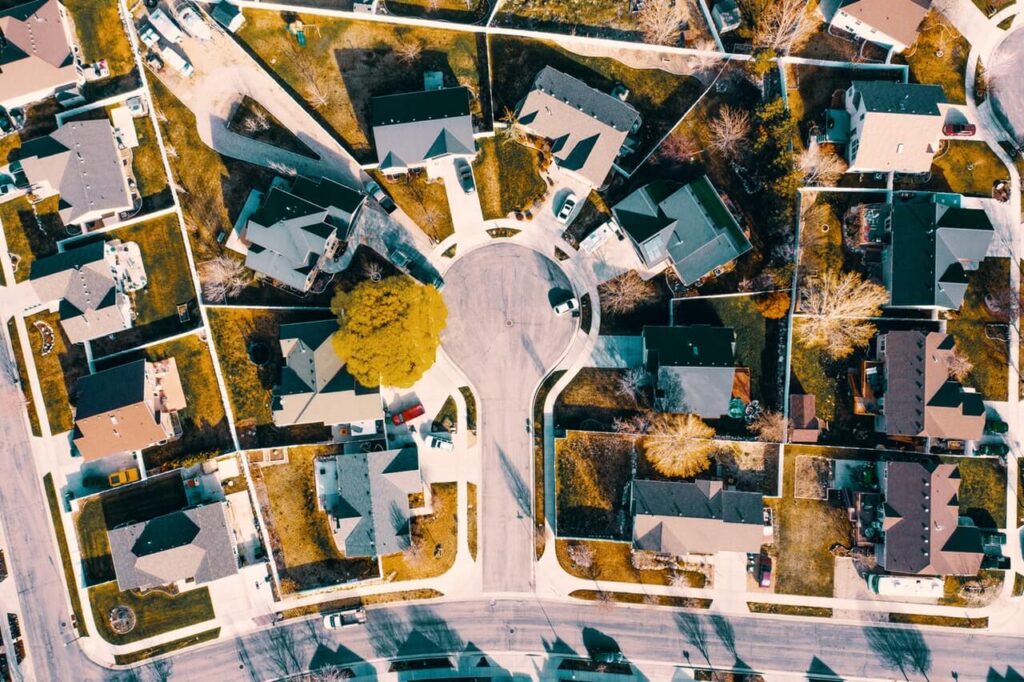
Facts & Stats
Radon kills more people each year than drunk driving.
According to the National Highway Traffic Safety Administration (NHTSA), 10,142 died in drunk driving crashes in 2019 which is nearly 28 people each day.
According to the Agency for Toxic Substances and Disease Registry (ATSDR), Radon exposure is responsible for about 21,000 lung cancer deaths per year in the United States which is nearly 58 people each day.
Children have higher estimated radiation doses than adults.
According to the Agency for Toxic Substance and Disease Registry (ATSDR), due to lung shape and size differences, children have higher estimated radiation doses than adults. Children also have breathing rates faster than those adults.
The risk of lung cancer in children resulting from exposure to radon may be almost twice as high as the risk to adults exposed to the same amount of radon.
If children are also exposed to tobacco smoke, the risk of getting lung cancer increases at least 20 times.
More Resources
Agency for Toxic Substances and Disease Registry
U.S Environmental Protection Agency
The Truth About Radon
Most Common Questions
What Is Radon Gas?
Radon is a cancer-causing gas formed by the decay of radioactive elements like uranium. It becomes a serious health risk when it builds up in your home; breathing in the particles damage your lung tissue and can cause lung cancer over time.
Studies on occupational exposure among miners and residential exposure among the general public show that radon is scientifically proven to cause lung cancer.
The U.S. Surgeon General warns that radon is the 2nd leading cause of lung cancer in the US today, second to smoking cigarettes.
How does radon enter a home?
As a gas, radon moves up through the soil.
Factors that influence the movement of radon into a home include the amount of uranium in the bedrock beneath the home, pathways through the rocks and soil up to the base of a home’s foundation, whether the home is properly sealed, and the amount of negative pressure created by airflow within the home.
This can also be caused by “Stack effect” which is the natural drawing of air from the bottom of a structure to the top of the structure. When radon enters your home it becomes trapped inside, where it can build up to an unsafe level.
What homes should be tested?
ANY home may have a high radon level. This is why the EPA recommends that every home below the 3rd floor be tested.
If you are building a new home, it is recommended that you use radon-resistant construction techniques. Examples include laying a thick plastic sheeting down between the soil and the foundation of the home and installing a passive mitigation system that will naturally guide the radon out before it enters your home.
This system can easily be converted to an active system later if the levels are elevated.
How can I find out if I have high radon?
Testing is the only way to know for sure if you and your family are being exposed to dangerous radon levels. The testing process is quick and easy. We test using a continuous radon monitor that will run for 48 hours and record the average hourly indoor radon levels. When we arrive to pick up our device, the test will be stopped and the data will be sent to the lab where a report is created. Within hours, know your average indoor radon level; then we help you understand what this means. All reports are packed with detail to help you better understand your radon level.
What are the risks of radon?
Being exposed to radon for an extended period of time can lead to lung cancer.
Radon gas in the air breaks down into tiny carcinogenic particles that can attach to the lining of the lungs, where they give off radiation. This radiation can damage healthy lung cells and eventually lead to lung cancer. Radon is thought to cause a significant number of lung cancer deaths among people who don’t smoke in the United States each year, but exposure to the combination of radon gas and cigarette smoke creates a much greater risk for lung cancer.
What if my home tests high?
The EPA recommends that if your home tests 4.0 pCi/L or above, you need to take action to lower it., while the World Health Organization recommends acting at or above 2.7 pCi/L. A mitigation system works like this: imagine sticking a straw through your house that stretches from below your foundation to your roof; it will carry the radon gas up and out with the help of a small fan before it enters your home. The straw is made of PVC piping and can normally be installed in a discreet area. The system will also improve the overall air quality inside your home and will likely eliminate the need for a dehumidifier.

